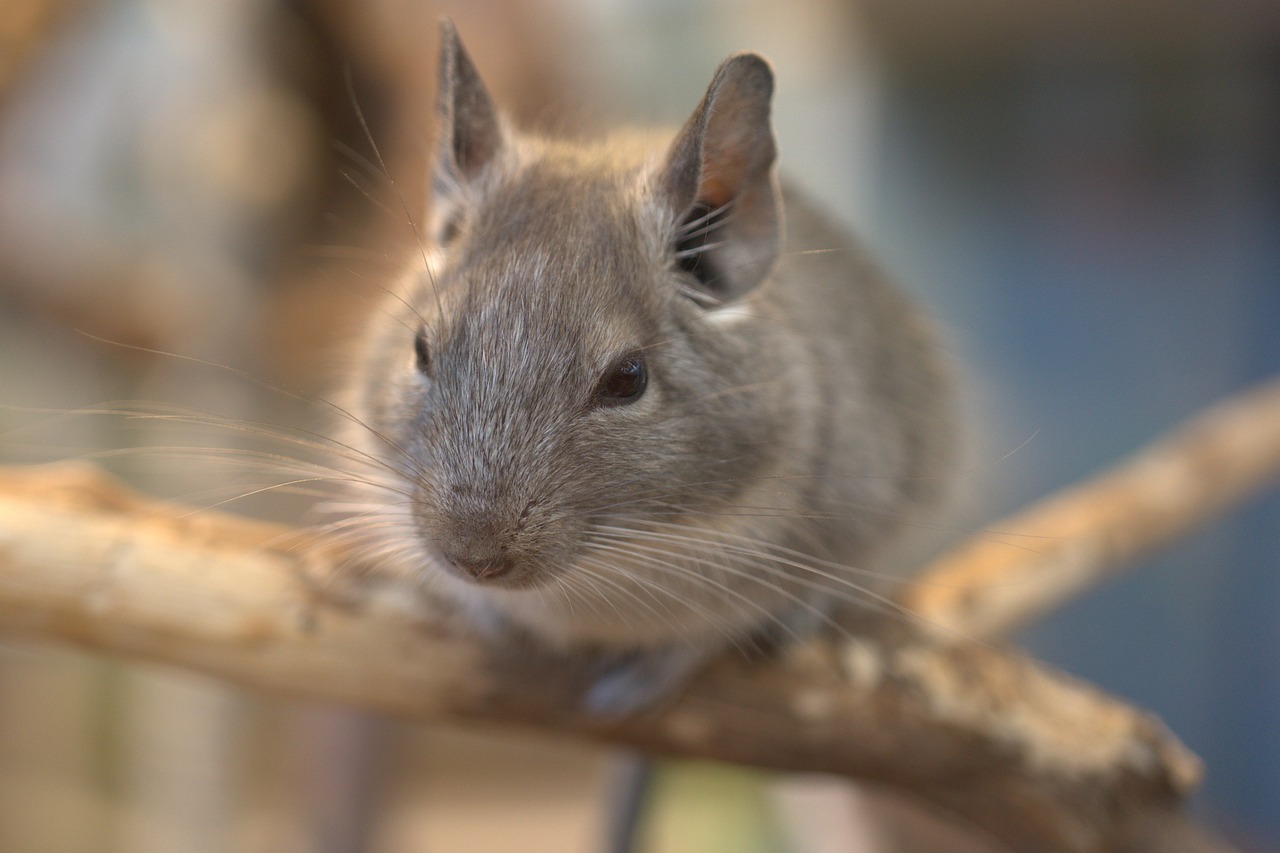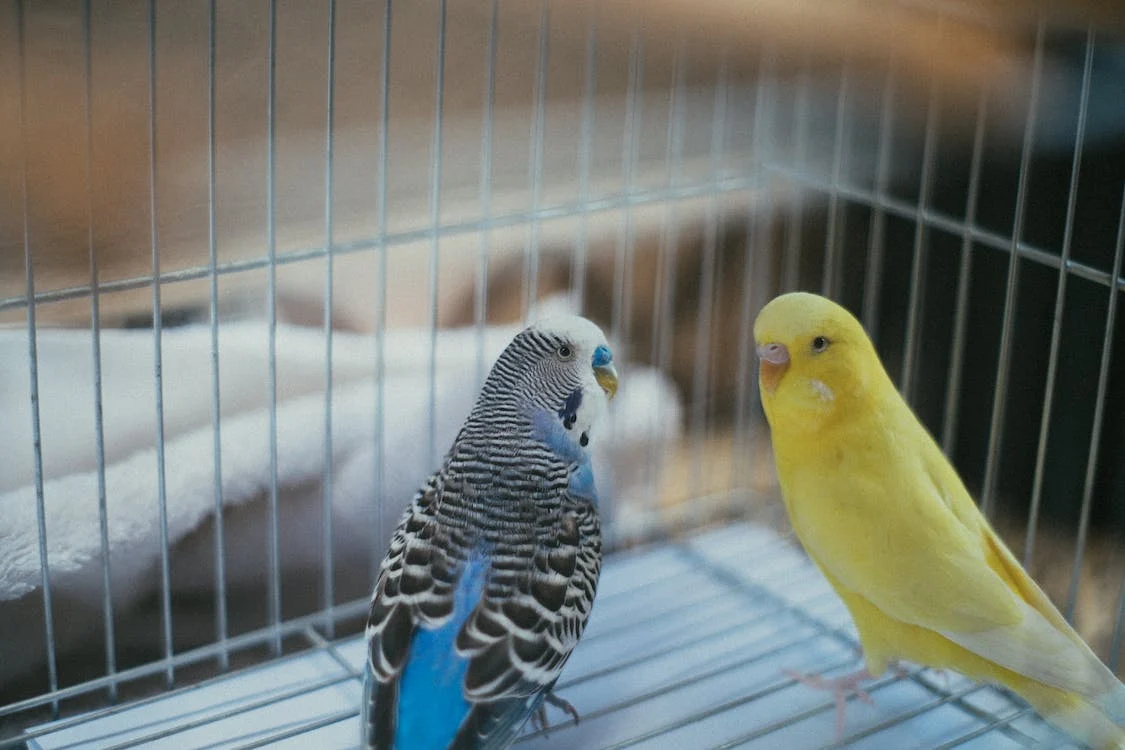
Welcome to our guide on creating the perfect chinchilla home! We’re thrilled to help you transform your space into a chinchilla paradise where your adorable little friend can flourish. In this article, we’ll walk you through all the steps and considerations needed to set up a safe and cosy home for your chinchilla. Get ready to create an environment that’s as fabulous as your furry companion!
Choosing the Right Cage
Let’s begin by finding the perfect abode for your chinchilla. In this section, we will delve into the exciting world of chinchilla cages, exploring different sizes and materials to help you create a comfortable and secure home for your furry friend. Additionally, we will provide some handy placement tips to ensure that your chinchilla’s new home becomes the talk of the town!
Cage Size
Chinchillas are active animals that require ample space to move, play, and explore. When selecting a cage, prioritize spaciousness. Opt for a cage that provides enough room for your chinchilla to comfortably hop, climb, and engage in natural behaviours. As a general guideline, the cage should be at least 2 feet by 2 feet in floor space and 3 feet tall to allow vertical movement. The more space you can provide, the happier and healthier your chinchilla will be.
Cage Materials
Choosing the right cage material is essential for your chinchilla’s safety and well-being. Go for cages made of sturdy materials like metal or wire mesh. Avoid cages with plastic components, as chinchillas are known to chew on surfaces, which can lead to health issues. Ensure that the bars are spaced appropriately to prevent your chinchilla from escaping or getting stuck. The ideal bar spacing should be no wider than 1 inch to prevent injury.
Cage Placement
Finding the ideal location for your chinchilla’s cage is important for their comfort and well-being. Place the cage in a quiet area of your home, away from direct sunlight, drafts, and extreme temperature fluctuations. Chinchillas are sensitive to heat and prefer cooler temperatures, so avoid placing their cage near radiators or heating vents. It’s also beneficial to position the cage at eye level or slightly higher, allowing your chinchilla to feel secure and part of the family.
Bedding and Substrate Selection
Snuggle time is essential for your chinchilla, so in this section, we will guide you through the comfiest bedding and substrate options available. We understand the importance of providing a cosy and comfortable environment for your little friend’s sensitive paws. Additionally, we’ll share some tips on how to keep their habitat fresh and inviting.
Bedding Options
When it comes to bedding for your chinchilla, there are a few options to consider. Soft paper-based bedding, such as aspen shavings or recycled paper bedding, is a popular choice. These types of bedding provide a comfortable surface for your chinchilla to walk on and burrow into. Avoid using cedar or pine shavings, as they can be harmful to its respiratory system.
Fleece liners are another option. They are washable, reusable, and provide a soft, cosy surface for your chinchilla to relax on. They are particularly beneficial for chinchillas due to their sensitive paws and allergies. However, the fleece liners will have to be washed and changed regularly to maintain cleanliness and freshness.
Habitat Maintenance
To keep your chinchilla’s habitat fresh and inviting, it is important to establish a regular cleaning routine. Remove any soiled bedding or waste daily to prevent odour build-up and maintain hygiene. Depending on the type of bedding you choose, you may need to fully clean and replace the bedding every 1-2 weeks. Regularly inspect and clean any accessories, such as platforms or hiding spots, to remove accumulated debris.
Nesting Materials
Chinchillas enjoy having nesting materials in their habitat to create cosy spots for resting and snuggling. You can provide materials such as shredded paper or untreated, pesticide-free hay for them to build their nests. This gives them a sense of security and helps fulfil their natural behaviours.
Must-Have Cage Accessories
No chinchilla home is complete without some fabulous accessories! We will explore the thrilling world of chew toys, hideaways, and platforms that will keep your chinchilla entertained for hours on end. We’ll even reveal the secrets to building the most luxurious dust bath area for their grooming needs.
Chew Toys
Chinchillas have constantly growing teeth, so providing them with appropriate chew toys is crucial for their dental health and mental stimulation. Choose chew toys specifically designed for chinchillas, made of safe and non-toxic materials. Wooden toys, such as apple sticks or pumice stones, are excellent options as they provide a satisfying texture for chewing. Avoid plastic or metal toys that can be harmful if ingested.
Hideaways and Platforms
Chinchillas love to have hideaways and platforms in their habitat, offering them a sense of security and an elevated space to perch on. You can provide wooden houses or tunnels that they can explore and hide in. These can be purchased from pet stores or even made at home using safe materials. Ensure that the hideaways and platforms are sturdy and secure to prevent any accidents.
Dust Bath Area
Chinchillas have a unique grooming routine that involves taking dust baths to maintain their fur’s health and cleanliness. Creating a luxurious dust bath area for your chinchilla is essential. Use a shallow container or dust bath house specifically designed for chinchillas and fill it with chinchilla-specific dust bath powder. Place it in their habitat and observe how they roll and flip in the dust, keeping their fur in optimal condition.
Enrichment Extravaganza
Let the fun begin! In this section, we’ll unleash a plethora of ideas to keep your chinchilla mentally stimulated and physically active. We understand the importance of providing an environment that allows your furry friend to engage in their natural behaviours and satisfy their curious and playful nature. From interactive toys to thrilling obstacles, we’ll help you create an adventure-filled environment that brings out the best in your chinchilla. Get ready for some serious chinchilla excitement!
Interactive Toys
Interactive toys are a fantastic way to keep your chinchilla mentally stimulated. Consider toys that require problem-solving, such as treat-dispensing balls or puzzle feeders. These toys will challenge your chinchilla’s cognitive abilities as they figure out how to retrieve the hidden treats. You can also provide toys with bells, swings, or hanging chew toys that encourage exploration and play.
Tunnels and Hiding Spots
Chinchillas love to explore and have hiding spots to retreat to when they need a break. Provide a variety of tunnels and hideouts made from chinchilla-safe materials like wood or PVC. These can be tunnels with multiple openings, wooden houses, or even hanging hammocks. Create a maze-like setup in their habitat, allowing them to navigate and discover new paths.
Thrilling Obstacles
Introduce some exciting obstacles to challenge your chinchilla’s agility and coordination. You can create a mini obstacle course using cardboard boxes, ramps, and platforms. Place treats or toys at different points to encourage them to climb, jump, and explore. This not only provides physical exercise but also engages their problem-solving skills.
Nutritious Delights
Good food is the key to a chinchilla’s heart (and tummy!). In this section, we’ll delve into their dietary needs and help you make informed choices to keep your chinchilla healthy and satisfied. Understanding their nutritional requirements is crucial for their overall well-being.
High-Quality Pellets
Start by choosing high-quality pellets specifically formulated for chinchillas. Look for pellets that are made from natural ingredients without added sugars or artificial additives. The pellets should be high in fibre and low in fat. Read the packaging carefully and opt for pellets that meet these criteria. It’s important to note that chinchillas have sensitive digestive systems, so it’s best to avoid pellets designed for other small animals.
Fresh Hay
Hay is an essential component of a chinchilla’s diet. It provides the necessary fibre and aids in maintaining good dental health. Offer your chinchilla fresh, high-quality grass hay, such as timothy hay or orchard grass. Make sure the hay is clean, dry, and free from dust or mould. Provide a constant supply of hay in their habitat, as chinchillas love to graze throughout the day.
Portion Control
Chinchillas have small digestive systems, so it’s important to provide them with the right portion sizes. Offer a measured amount of pellets based on the manufacturer’s guidelines. Generally, a tablespoon of pellets per day is sufficient for an adult chinchilla. However, it’s always best to consult with a veterinarian to determine the appropriate portion size based on your chinchilla’s age, weight, and overall health.
Keeping It Just Right
Comfort is paramount for your chinchilla, so we’ll tackle the temperature and climate control challenges. We’ll guide you through the optimal temperature range and share some tips on creating a cosy and well-ventilated chinchilla home. Say goodbye to pesky overheating and hello to chinchilla bliss!
Congratulations, chinchilla enthusiast! You’re now equipped with all the knowledge you need to create the ultimate chinchilla paradise. By providing a spacious and secure cage, the cosiest bedding and substrate, exciting accessories, stimulating enrichment opportunities, a balanced diet, and the perfect climate, you’ll be the proud creator of a home your chinchilla will adore. Get ready for happy chinchilla dances and a bond that will warm your heart. Let the chinchilla adventures begin!































